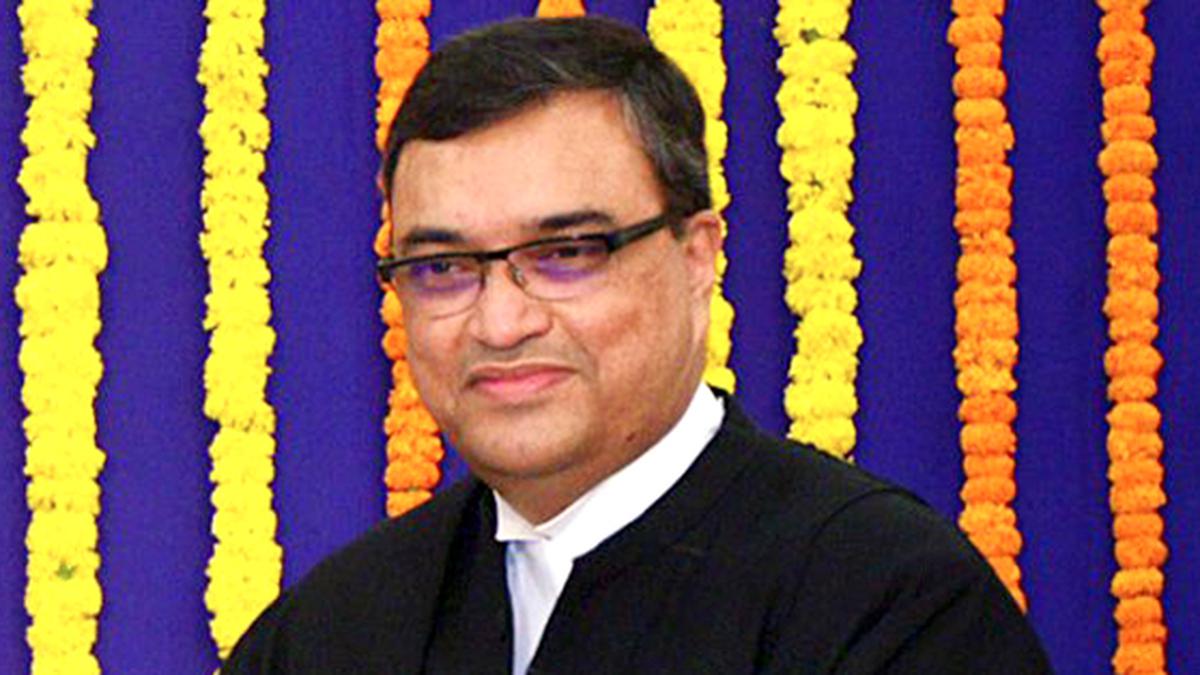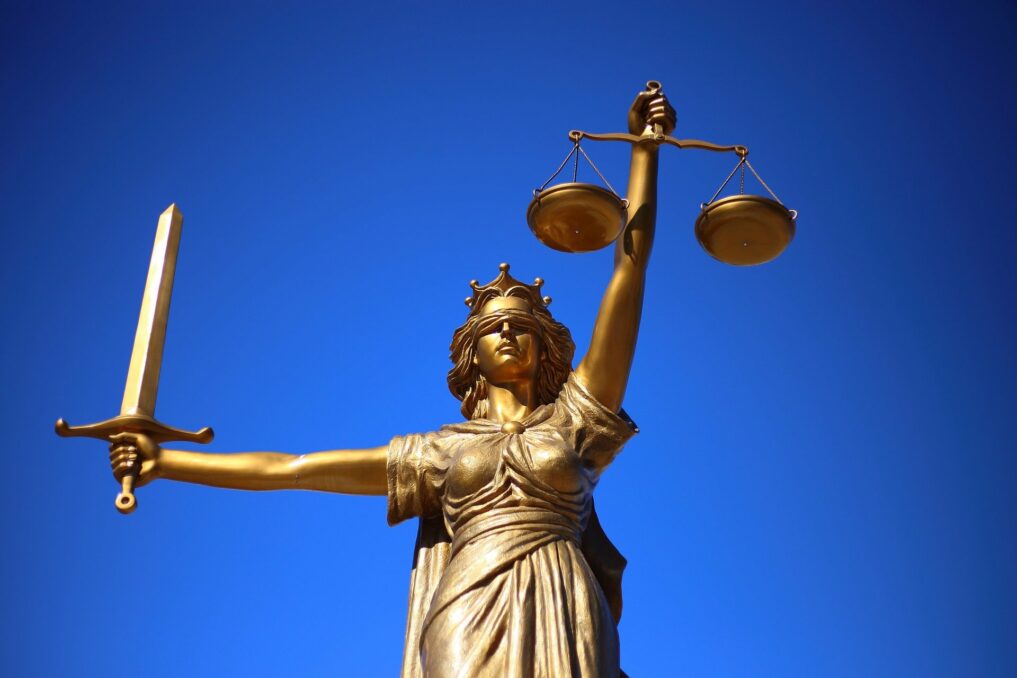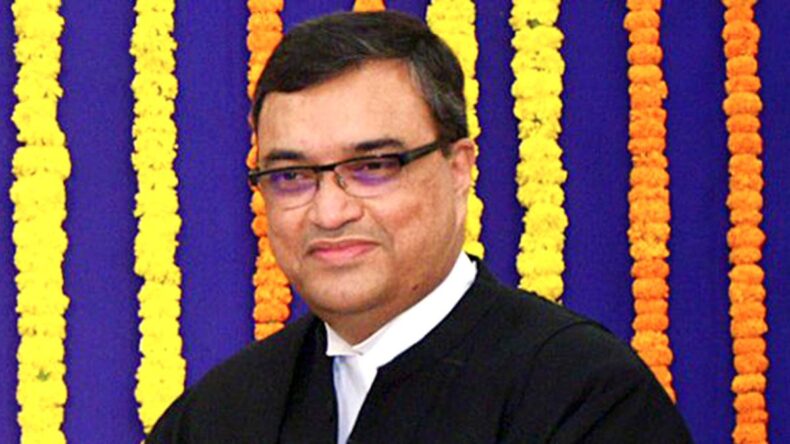Table of Contents
Supreme Court Justice Dipankar Dutta, recently speaking at the HR Khanna Symposium, paid tribute to the eminent legal luminaries of the country who have enriched the field of law and jurisprudence. He expressed gratitude to such legal personalities for their contribution to the field of law and the cause of justice.

What did the Justice talk about?
Justice Dipankar Dutta began by addressing Justice HR Khanna whose commitment to justice and the rule of law has continued to guide India’s constitutional jurisprudence till today. His commitment to his duties continues to impact the constitutional functionaries. Justice Khanna delivered the dissenting judgment in the notable case of ADM Jabalpur.
Justice Datta also emphasized the importance of the basic structure doctrine. He compared this constitutional doctrine to the disinfecting nature of sunlight. The doctrine ensured transparency and accountability in the Indian legal setup.
He then talked about Justice Bijan Mukherjee whom he described as a great advocate and an exceptional judge. He narrated an excerpt from Sudish Pai’s book: Legends in Law where Justice Mukherjee had refused appointment to the post of the Chief Justice because the government was appointing him in supersession to two other more senior justices. Justice Mukherjee also contributed to the constitutional jurisprudence concerning the doctrine of colourable legislation.
Justice Dutta also talked about the longest-serving Chief Justice of India, Justice Yashwant V Chandrachud. He praised his commitment to justice, constitution and intellectual prowess. He highlighted his judgments that had expanded the scope of Article 21 of the Constitution and thus ensured rights for more people.
Legal scholar and former High Court justice Durgadas Basu, brilliant lawyer Nani Palkhiwala and Supreme Court Justice PN Bhagwati were other legal luminaries recognized by Justice Dutta.

What is the ADM Jabalpur case?
The case of ADM Jabalpur v/s Shivkant Shukla has been among the most important cases in the history of independent India. A five-judge bench had sat down to deliberate whether a person’s right to life and liberty which is guaranteed by Article 21 of the Constitution can be suspended during the state of Emergency imposed by the government. The case landed before the Supreme Court after the Indira Gandhi government imposed an Emergency in 1975.
In a massively controversial decision, the Supreme Court held 4-1 that civil liberties could be suspended at the time of Emergency. The only dissenting justice was Justice HR Khanna who in his dissent argued that the Constitution being the supreme law of the land and the governing philosophy of the country could not be suspended even during an emergency. Therefore, Article 21, being a fundamental right, could not be denied. This judgment was later overturned in 2017 in another landmark case KS Puttaswamy v/s Union of India where the Supreme Court held that privacy is a fundamental right guaranteed by the Constitution.

What is the doctrine of colourable legislation?
The Latin proverb “Quando aliquid prohibit ex directo, prohibit et per obliquus” (What cannot be done directly should also not be done indirectly) is the source of the doctrine of colourable legislation.
When a law-making body abuses its authority and enacts something indirectly that it isn’t allowed to do directly, this theory has been utilized to resolve concerns of capacity or competency to enact a law. On the surface of the legislation, the law’s subject matter appears to be within the council’s purview, but the underlying impact or motivation genuinely lies outside of the assembly’s purview. Thus, the doctrine restricts the overuse or misuse of the authorized established force.













